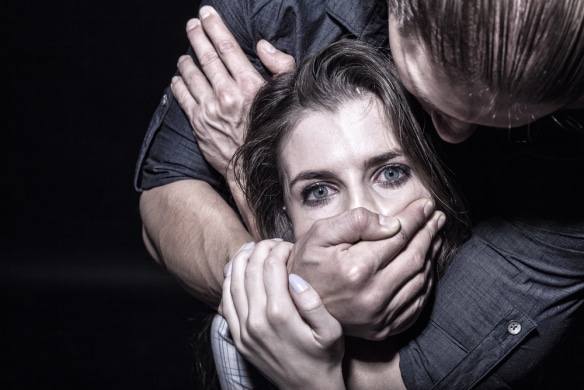Sexual harassment is a form of gender discrimination that often happens to women.
Power-players use their position to gain sexual favours in exchange for opportunities like having a job, good grades, promotion, orders, etc. Some are intellectual seducers who gather information about their prey, while others are opportunists who invite the potential victim to a less inhibitory environment like meeting in a secluded place or during out-of-town trips. Likewise, they can be involved in rituals and initiations who subject neophytes to sexually abusive rites as part of a membership process.
Mother/Father figures, are initially viewed as mentors by the harassed. They are similar to confidantes who disguise themselves as trustworthy “equals or friends”, but have the intention to harass in the end.
Many are described as serial harassers, since their good reputation makes it difficult for others to believe the harassment.
Gropers, bullies, and great gallants harass by using lewd remarks, embarrassing compliments, leering looks, and other gestures to get the attention of victims or to penalise those who rejected their interests or advances.
They may either kiss or hug their victims. They can also grab or touch their prey’s intimate parts.
A few of these harassers are of the view that the victims should be thankful instead of insulted by their attention.
Situational harassers suffer from traumatic or very stressful circumstances, such as psychological or medical disorder, marital problems, or divorce. Some behave like stalkers who follow their targets, while others act like pests who continuously seek the attention of their victims sans malice.
Stalkers and pests may claim that they mean no harm; however, their victim may view their actions differently. Thus, this can be labeled as unintentional harassment.
This can also happen when someone feels uneasy listening to green jokes or when talking about sexual matters.
Sexualised environment or environmental harassment occurs when a room, a public space, or an office allows the display of online and offline obscene images, as well as sexual conversations. Though it is not addressed particularly at anyone, it may encourage actual forms of harassment.
It may also result in third-party sexual harassment that involves indirect victims of harassers such as other employees, clients, or peers who happen to be in the area while the harassment is taking place.
Retaliation and backlash often happen to sexual harassment victims. Like survivors of rape or other sexual abuse, are described as troublesome attention-seekers. Their credibility gets heavily scrutinised, resulting in tarnished reputation and damaged social relationships.





